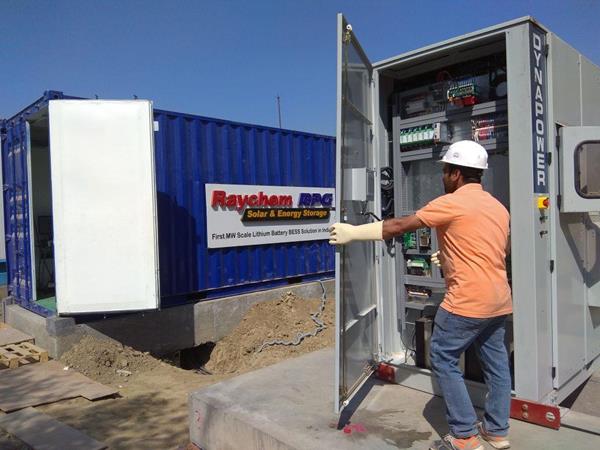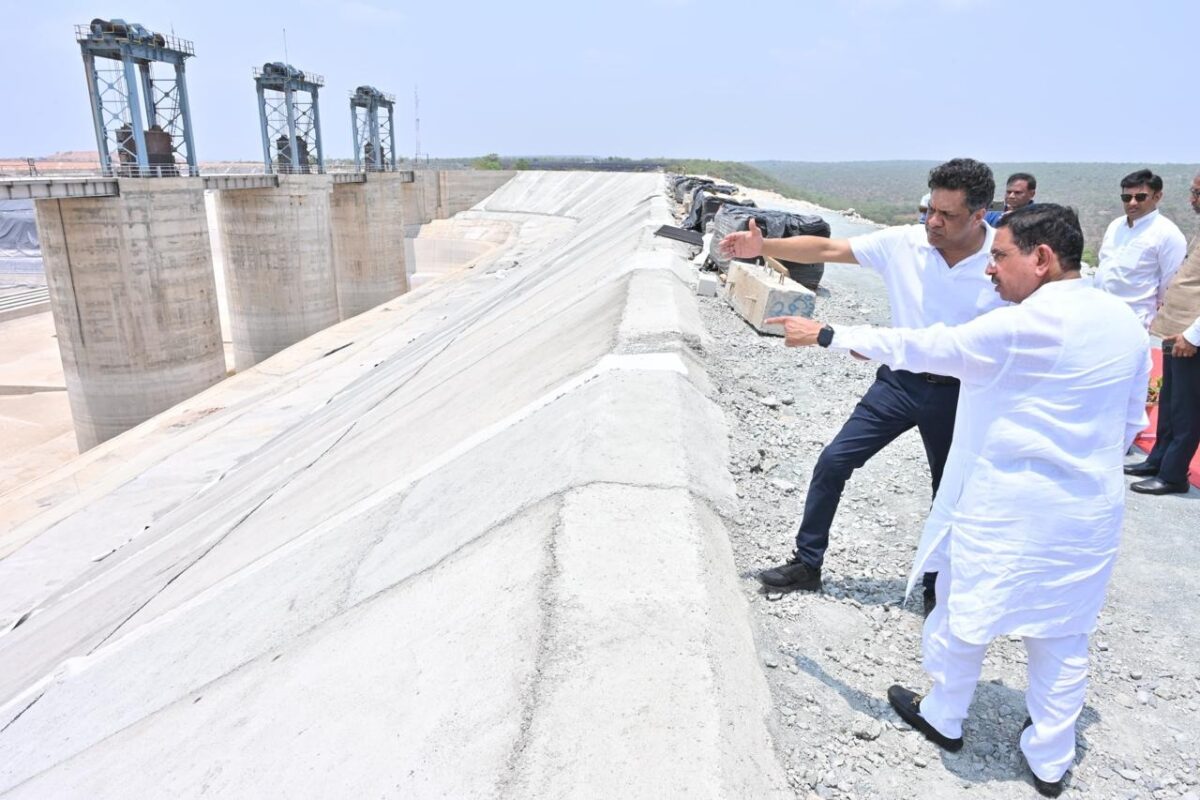pv magazine: The electricity supply is often intermittent in outback and rural areas. How can microgrids help to solve this problem?
Dr Ravishankar: While issues of load shedding have been addressed and reduced to a great extent in urban India, rural India still suffers from its fair share of power issues. In a country like ours, which is blessed with abundant sunlight for over 300 days of the year, one of the best solutions is the use of a mix of renewable energy sources that support a microgrid.
Microgrids replicate the function of their larger counterparts, and their performance can vary from as low as 5 KW to a few GW. At a consumer level, one can have a very small microgrid which focuses on their individual homes, and is powered by renewable energy.
In rural areas, which are windy, wind turbines can be employed to work in tandem with solar panels to ensure 24×7 power supply. Typically, homes which are powered by rooftop solar panels are complimented by lithium-ion batteries as storage systems.
Just as fuel cells are used as a source of power generation through a chemical reaction, this hybrid model can be expanded through a community microgrid, wherein a particular area can have a community solar farm. This can also be combined with a wind turbine for the community, to feed the microgrid with energy for use, which would have otherwise been done through individual storage options.
pv magazine: What’s their role in stabilization of voltage fluctuation and variability?
Dr Ravishankar: One of the biggest advantages of microgrids is the amount of energy they can generate. They can generate as much energy as required, depending on the load needed. A prerequisite, though, is that the requirement must match the amount generated, including transmission losses.
Furthermore, as energy generated is shared among all those connected to the microgrid, homes which do not generate energy can benefit from the excess produced by others. This not only ensures a continuous supply of energy to homes and businesses in an area powered through a microgrid but also brings about stability in voltage fluctuation.
Often, excess power generation in these microgrids leads to an increase in voltage. However, this issue can be easily tackled with a proper control system and use of battery storage.
pv magazine: How feasible is the microgrid infrastructure vis a vis electric power grids in terms of cost and effort?
Dr Ravishankar: A microgrid system consists of a small network of energy users and energy generators (usually a mix of rooftop solar plants and a wind turbine), connected to the central grid. Therefore the cost of microgrid infrastructure is considerably lower than conventional electric power grids.
It should be noted that microgrid as a concept/technology platform can retrofit into existing grid infrastructure (ideally needing no extra infra investment) and the burden of technical losses on the distribution companies is further reduced by encouraging consumers to invest in solar rooftop systems and battery storage system.
This has been further amplified by the falling prices of solar panels, and as a result, solar power generation, owing to the many initiatives undertaken by the Government, and the subsidies and tax breaks offered.
While the cost of Lithium-ion batteries (the main storage option for microgrids) continues to be a significant deterrent, it is expected that upcoming technological advancements, taking cue from leaps made by countries like Australia, will further help make batteries and storage solutions, and in turn, microgrids, more affordable in the years to come.
pv magazine: Do you agree that microgrids are the future for 100% electrified India? What role does energy storage have to play?
Dr Ravishankar: If we take into consideration the existing grid structure, there are a lot of integration and technical issues that prevent it from increasing its renewable intake. In the interim, an ideal solution is the use of renewable energy sources that are supported by a microgrid.
Typically, homes powered by rooftop solar panels are equipped with lithium-ion batteries to store the excess energy that has been generated. With the use of a microgrid, this energy can be transferred for use across industries, and applications, rather than consuming it through storage options.
However, given that renewable energy and storage solutions go hand in hand, energy can also be stored in batteries and used to charge electric vehicles, and further bring down one’s dependence on the grid.
pv magazine: What opportunities does it bring along for the stakeholders including renewable developers and storage providers? What is the outlook for the future?
Dr Ravishankar: Microgrids have a lot of potential. They can be established in residential areas where excess energy generated can be fed to the microgrid and shared among homes, thus making consumers prosumers.
The microgrid model can also be set up on ships, which, as a result of being in the open sea for long periods of time, can generate a lot of energy. Excess energy can also be used to power coastal houses.
For developers and stakeholders, the potential is huge. The addition of microgrids to the renewable energy model not only creates opportunities to penetrate areas which were not previously explored, and set up rooftop solar panels in newer markets, but also aids in meeting the government’s renewable energy targets.
Furthermore, under the purview of the Smart City initiative, several cities in India have great potential to employ microgrids. They are sustainable, cost-effective, and can go a long way in aiding India’s economic growth as well as sustainable development.
This content is protected by copyright and may not be reused. If you want to cooperate with us and would like to reuse some of our content, please contact: editors@pv-magazine.com.









By submitting this form you agree to pv magazine using your data for the purposes of publishing your comment.
Your personal data will only be disclosed or otherwise transmitted to third parties for the purposes of spam filtering or if this is necessary for technical maintenance of the website. Any other transfer to third parties will not take place unless this is justified on the basis of applicable data protection regulations or if pv magazine is legally obliged to do so.
You may revoke this consent at any time with effect for the future, in which case your personal data will be deleted immediately. Otherwise, your data will be deleted if pv magazine has processed your request or the purpose of data storage is fulfilled.
Further information on data privacy can be found in our Data Protection Policy.